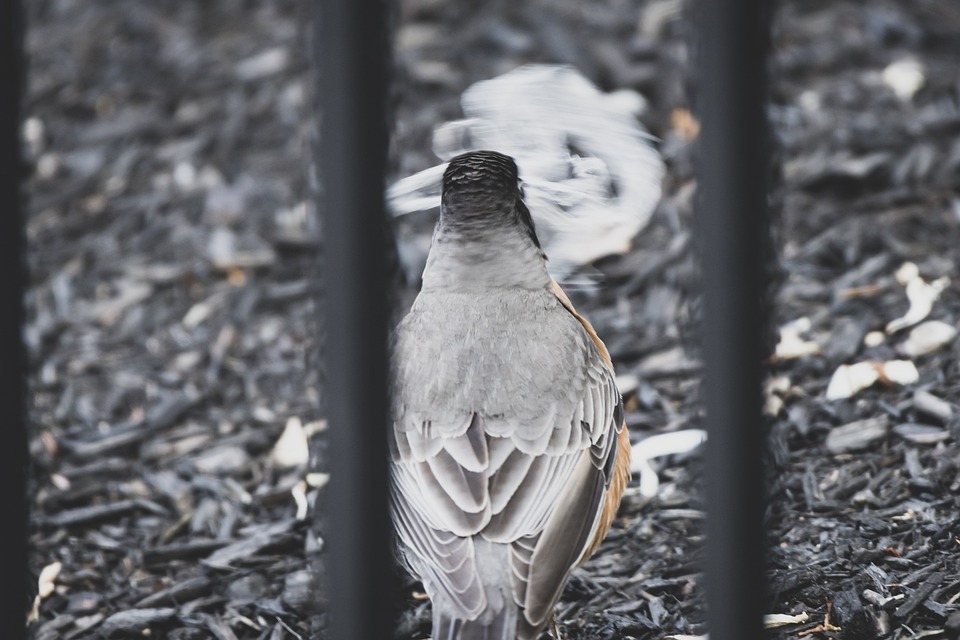Parrots are known for their vibrant colors, intelligence, and unique behaviors. One fascinating behavior that often captures the attention of parrot owners and enthusiasts is their mating dances. These elaborate displays of courtship are not only mesmerizing to watch but also hold significant meaning in the avian world. In this article, we will delve into the intriguing world of parrot mating dances, decoding their meaning, and shedding light on some frequently asked questions.
Understanding Parrot Mating Dances
Mating dances are an integral part of parrot courtship rituals. These intricate displays serve multiple purposes, including attracting a mate, establishing pair bonds, and communicating reproductive readiness. Understanding the meaning behind these dances can provide valuable insights into parrot behavior and help create a conducive environment for their well-being.
Types of Parrot Mating Dances
Parrot species showcase a wide range of mating dances, each unique to their own kind. While it is impossible to cover every dance in detail, let’s explore some of the most common types:
1. Head Bobbing: This is one of the most basic and widespread mating dances observed in parrots. It involves rhythmic and exaggerated movements of the head, often accompanied by vocalizations. Head bobbing signifies excitement, interest, and readiness to mate.
2. Wing Fluttering: Many parrots, especially larger species like macaws and cockatoos, display wing fluttering during courtship. This dance involves rapid and controlled flapping of the wings while the bird maintains an upright posture. Wing fluttering indicates a parrot’s desire to attract a mate and can be seen as a display of strength and vitality.
3. Tail Fanning: Tail fanning is a striking mating dance observed in species like the Amazon parrots. During this display, the parrot spreads its tail feathers wide open, showcasing their vibrant colors and intricate patterns. Tail fanning is an attention-grabbing gesture meant to attract a potential mate and establish dominance.
4. Beak Clicking and Chattering: Beak clicking and chattering are vocal behaviors often associated with parrot mating dances. This communication method involves rapid beak movements, producing clicking or chattering sounds. The purpose of this dance is to express interest, initiate courtship, and establish a connection between potential mates.
Decoding the Meaning Behind Parrot Mating Dances
Understanding the meaning behind parrot mating dances can help parrot owners and enthusiasts decipher their birds’ intentions and emotions. Here are some key points to consider:
1. Courtship and Attraction: Mating dances primarily serve as a means for parrots to attract a mate. These displays showcase the bird’s physical prowess, health, and genetic fitness, making them more desirable to potential partners.
2. Establishing Pair Bonds: Mating dances play a crucial role in establishing and strengthening pair bonds. By engaging in these dances, parrots communicate their willingness to form a long-term relationship and work together as a bonded pair.
3. Reproductive Readiness: Mating dances also indicate a parrot’s readiness for reproduction. These displays typically occur during the breeding season or when hormonal changes trigger their reproductive instincts. Understanding these mating cues can help parrot owners provide appropriate care and nesting opportunities.
Frequently Asked Questions (FAQs)
1. Q: Can male parrots perform mating dances alone?
– A: Yes, male parrots can engage in mating dances even without a potential mate present. These behaviors can serve as a form of exercise, self-stimulation, or territorial display.
2. Q: Do all parrot species perform mating dances?
– A: While most parrot species engage in some form of courtship display, the intensity and complexity of mating dances can vary. Smaller parrot species may exhibit more subtle courtship behaviors compared to larger and more flamboyant species.
3. Q: Is it normal for parrots to perform mating dances towards their human owners?
– A: Parrots are highly intelligent and social creatures. While they may display mating dances towards their human owners, it is crucial to remember that these behaviors are instinctual and not indicative of actual mating intentions. It is essential to provide appropriate boundaries and redirect their behavior towards appropriate outlets.
4. Q: What should I do if my parrot’s mating dances become excessive or disruptive?
– A: If your parrot’s mating dances become excessive, disruptive, or cause distress, consult with an avian behavior specialist or veterinarian. They can provide guidance on environmental enrichment, hormonal management, and potential modifications to address the issue.
Understanding parrot mating dances can deepen our appreciation for these magnificent creatures and help foster a stronger bond between parrot owners and their feathered companions. By decoding the meaning behind these dances and addressing some common concerns, we can ensure the well-being and happiness of our beloved parrots.









